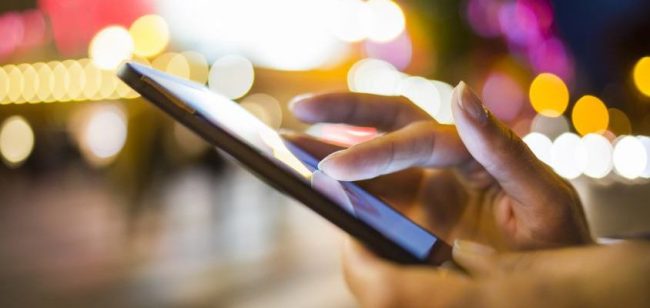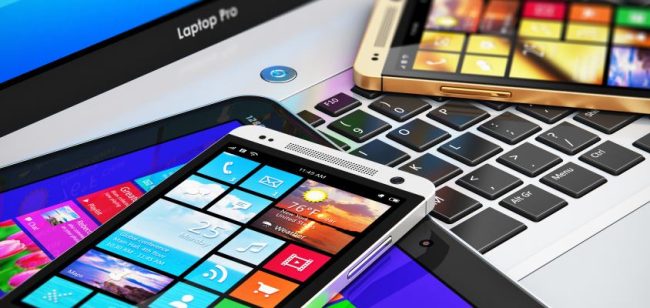Top 7 Top Tech Innovations of 2016
There was lots of talk about virtual reality this year, but most of it was looking forward to trends that might come true in a few years. The real action, however, was in another form of reality, the augmented kind. AR, or augmented reality, tops our annual list of tech innovations for 2016, highlighted, of…




